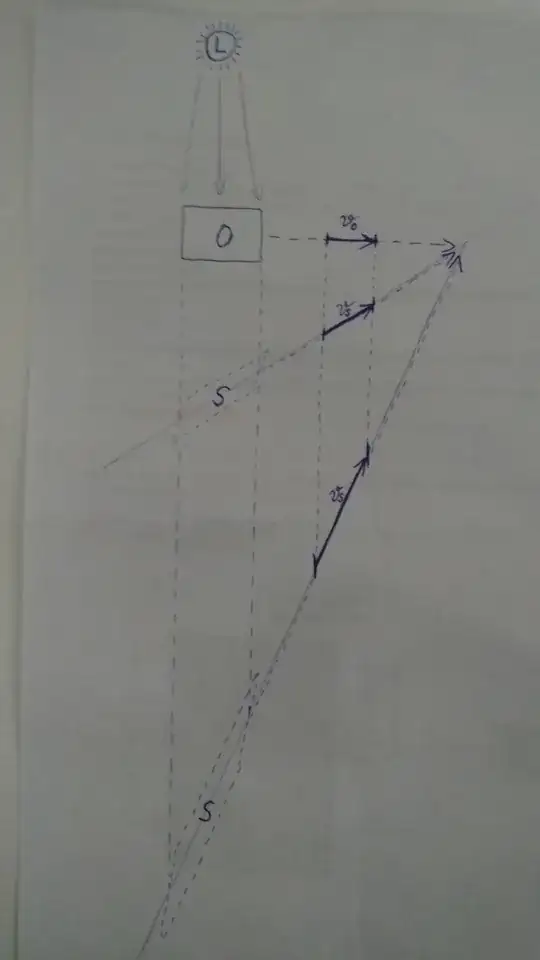I bumped into this: Can a shadow move faster than the speed of light? while trying to see if I could find out anything about what I'd been thinking for 2 years now. Bear with me here, cause I'm only gonna copy-paste what I'd written at another location where no one bothered to answer because... Well... I guess no one's a science amateur there. So here it goes: There are so many who, having answered this question, they either started to unsuccessfully compare light with shadow, or for ex. saying that shadow is not information. For starters, shadow does indeed happen to be information aswell, if you're willing to take into account that one may use light to transmit the info through Morse code. So, in other words, it is the second part of the light-shadow information transmitting method, if you will. And then, to answer the actual question, one might still be able to really speed up the information through this light-shadow process. I'm using “might”, not “may”. And that's because, while at this time we don't have the means to do what I'm about to explain, and not being doable at this point in history shouldn't be considered a disproof, still there might come a time when we'll start thinking about those means. And just think about holo-images, just to give one example. A whole lotta phrases there coming from me! But you guys out there can think in a logical manner, I could bet on that :-)
Alright. So, I'm gonna upload a drawing I just did. On it, you have the light source coming from above. It falls on an object traveling at vo (velocity object) on a horizontal plane. Which in turn further projects a shadow on the diagonal plane below, which is traveling at vs (velocity shadow). I'm not going to refer to the initial and terminal velocities, when the object started to move and then braked and stopped. Cause at those points vo = vs, that's a fact. But in between, on a segment, if you choose a speed for vo & calculate vs separately (because remember, you won't be able to measure vs), you'll see that for example when the diagonal lies at 45°, then vs = 1.4142*vo, although I'm not sure about the constant. It was just a wild guess, based on the diagonal of a square. Extrapolating this, would bring us to the case where a diagonal raised to 89.9°, vs would tend towards infinity.
So think about vo being some 250,000 km/s. Or even 200,000. So… I'm not an engineer, and I wouldn't know how to put this in practice, but my gut feeling is it's doable somewhere in the near future, talking tens of years from now. Getting back to Morse code, I'll say it again in other words: it's not how fast we're hitting the code, it's how fast we're sending it. Once the information arrives at the destination, it can then be decoded. Again: I'm not talking about typing it. Instead it's all about transmitting it. Anyway, Morse code is just the basic stuff. I repeat: engineers are the ones that could think of something. Just think about communicating with Mars. We could probably skip those 25 minutes of waiting for the messages to arrive. Cause those are actually based on radio waves which travel only close to the speed of light. Or... think about projecting holograms... Not on Earth.
